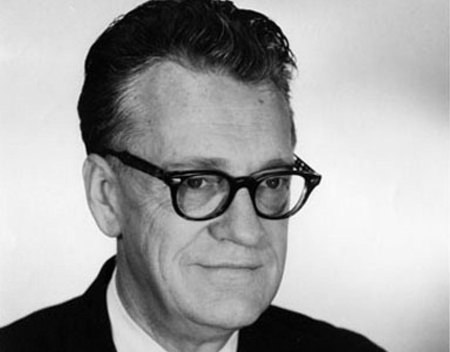The other day, someone reminded me about that slightly bizarre work by Mozart called A Musical Joke. Although Mozart wrote some obvious wrong notes in the piece to get a laugh, much of the humour can be appreciated only by musicians, and fairly knowledgeable ones at that. The jokes are of a technical nature and while they were probably enjoyed by a sophisticated Viennese courtly audience, few people today would find the work very funny, unless they were well-versed in the theoretical conventions of the eighteenth century symphony.
The work is a parody of a symphony concocted by a hopelessly incompetent composer who is both short on ideas and composing skills. Leonard Bernstein once explained that “in musical humour there’s wit, satire, parody, caricature, burlesque, and just plain clowning around. But there’s one very important thing we have to know about humour in music: it’s got to be funny for musical reasons. You see, music can’t make jokes about anything except itself; it can make fun of itself or of other pieces of music.”
 Composer Don Gillis.
Composer Don Gillis.
I always felt that Haydn had a keen sense of humour. Of course, there’s the so-called Surprise Symphony which relies on one joke, and not a very subtle one at that. But a much more subtle brand of humour permeates much of Haydn’s instrumental music. It’s full of clever little touches that to my mind, often make Haydn’s music seem more colourful and joyous than that of Mozart.
Throughout musical history and especially since the 1800s composers have frequently used humour in music. Sometimes the humour is so subtle as to be barely discernible. Other times it’s very obvious, such as in the duet Duetto buffo di due gatti (“Fun duet for two cats”) once thought to be by Rossini. It’s a popular piece for two sopranos and occasionally performed as a concert encore. The lyrics, if such they can be called consist entirely of the word “miaow.”
Gioachino Rossini (attrib.) (1792-1868): Duetto buffo di due gatti (Duet for Two Cats). Les Petits Chanteurs a la Croix de Bois dir. Rodolphe Pierrepont (Duration: 03:17; Video: 240p)
Disappointingly, Rossini didn’t write the cat duet. It first appeared in a collection of songs published in 1825 that used music from Rossini’s 1816 opera Otello. The book was put together by one Robert Lucas Pearsall, himself a self-taught composer of songs and instrumental music. In the collection, the cat duet is attributed to someone called G. Berthold which was almost certainly a pseudonym for Pearsall himself.
The duet combines a couple of Rossini arias and a third one by the Danish composer Christoph Weyse. Even so, it’s a clever arrangement brought to life by a delightful performance which was recorded in Korea in 1996 by two soloists of the well-known but oddly-named Parisian boys’ choir Les Petits Chanteurs à la Croix de Bois. If your French is a bit rusty (or possibly non-existent) I should perhaps add that the name means “The Little Singers of the Wooden Cross”.
The fair-haired boy on this video rejoices in the name of Hyacinthe de Moulins and manages to keep a straight face throughout the duet, though the other singer Régis Mengus can’t quite manage to retain his composure, which rather adds to the charm of the performance. Both the boys are now in their early thirties and are successful baritone singers.
Don Gillis (1912-1978): Symphony No. 5½ (“A Symphony for Fun”). Herzliya Chamber Orchestra (Israel) cond. Harvey Bordowitz (Duration: 12:53; Video: 480p)
This work would probably fit Leonard Bernstein’s expression of composers “just clowning around.” The symphony was first performed in May 1947 by the Boston Pops Orchestra under their conductor Arthur Fiedler. Four months later, the work received its first radio performance with Arturo Toscanini conducting the NBC Symphony Orchestra.
Composer Don Gillis had a background in radio broadcasting and for a time was the programme arranger for NBC. Gillis also held several teaching posts at various academic institutions and it was he who formed the legendary orchestra known as the Symphony of the Air, using musicians from the NBC orchestra. All this activity must have kept him pretty busy but he was also a prolific composer with ten orchestral symphonies to his credit, as well piano concertos, rhapsodies for harp and orchestra and six string quartets.
This symphony comes in the usual four movements but the music is anything but usual. The somewhat repetitive first movement, Perpetual Emotion takes ideas from jazz and music hall, yet the reflective second movement is rather beautiful with echoes of the New World Symphony. The third movement entitled Scherzophrenia derives from jazz and popular music while the frenetic last movement seems to be inspired by music from movie cartoons. Perhaps these days the music sounds a bit dated but even so, this is a musical treat which will brighten up any rainy afternoon.




